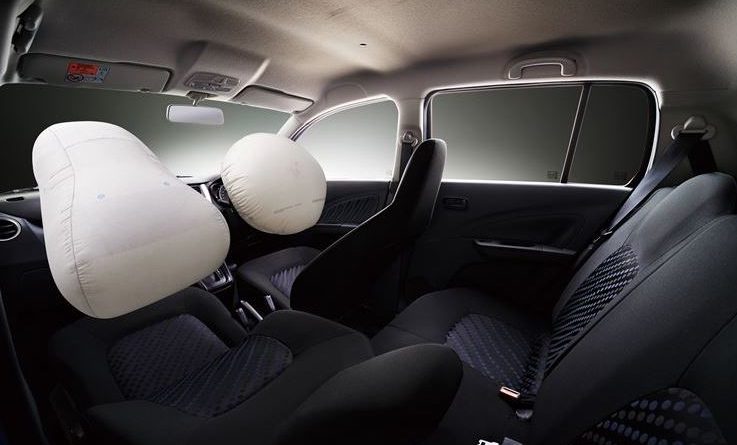Safety first: What you need to know about airbags
They have become a de facto safety feature in cars today and saved countless lives since being introduced in the 1970s. Yet while tyres, wheels and safety belts generate a lot of press, many of us know precious little about one of our cars’ most essential attributes.
Also known as a ‘Supplementary Restraint System’ or SRS, you will usually find airbags installed in the steering wheel, dashboard or in the sides of the car’s interior. In the event of a collision or sudden change in speed, these simple yet effective buffers deploy automatically, significantly mitigating the impact on both drivers and passengers.
While this all sounds simple enough, it is well worth knowing how your airbags work ahead of time, so as to ensure they are not only in good working order, but also to prevent this safety system from backfiring.
Here are 4 key things you need to know about your airbags:
They only work once
When airbags deploy, they instantaneously fill with gas for 0.2 – 0.5 seconds before slowly deflating, forming a protective barrier between you and the hard parts of your vehicle like the steering wheel. Once deployed though, airbags will not work again, so if yours are activated for any reason, it is important to ensure they are replaced speedily.
They require some maintenance
While airbags are relatively low maintenance when compared to other parts of the car, they do require attention from time to time. So keep an eye on your dashboard lights, and be sure to check in with a mechanic should your SRS light remain on. This means that your airbags could be in need of servicing or even replacement. While this is unlikely, it is always better to be safe than sorry.
They can be deadly to children
The impact of an airbag can in fact be deadly to small children, in some cases causing severe injury. As such, it is important to make sure the little ones are buckled up safely in the back seat until at least the age of 12, and ensure you have a booster seat for kids under the age of 8.
They aren’t a seatbelt replacement
While airbags certainly help in providing a protective barrier, they should not in any way be regarded as a replacement for a seatbelt. Airbags are designed as a last line of defence, rather than as a primary safety mechanism, so if you want to keep you and your family safe, make sure you are buckled up – even in the back seat.
MiWay is an Authorised Financial Services Provider (Licence no: 33970)
A vehicle-based airbag inflates as rapidly as 320 km/h (200 mph), and with incredible force. – Know this as well as the FACT that it is only a secondary restraint!! #BuckleUp https://t.co/CMCbbmbws5 #ArriveAlive @RAF_SA @TrafficRTMC pic.twitter.com/ROGGcv7LI4
— Arrive Alive (@_ArriveAlive) April 25, 2018




